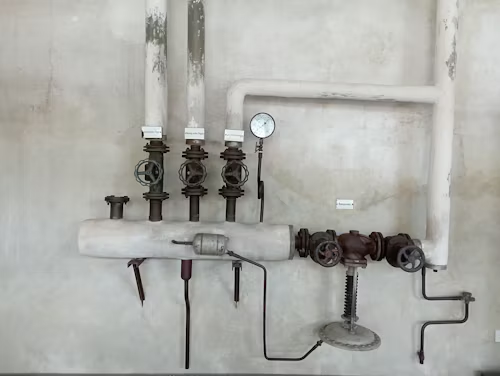Pavements face more than just daily traffic wear. Seasonal changes bring unique challenges that can drastically affect their performance. From scorching summer heat to freezing winter conditions, these environmental factors influence pavement durability and lifespan. Understanding these effects can help homeowners and property managers make informed decisions about maintenance, asphalt installation, and residential asphalt repair.
Summer Heat and Asphalt Installation
High temperatures can make asphalt more pliable during installation. Asphalt installation, the process of laying down a new asphalt surface, requires careful timing to ensure proper compaction. In summer, the heat softens the asphalt, making it easier to mold and spread. However, extreme heat can also cause premature rutting and surface deformation if not properly managed. Proper scheduling of asphalt installation during moderate daytime temperatures ensures the pavement remains durable and long-lasting.
Winter Challenges for Residential Asphalt Repair
Cold weather presents a major obstacle for residential asphalt repair, which focuses on fixing cracks, potholes, or surface damage in driveways and small residential areas. When temperatures drop, asphalt contracts, increasing the likelihood of cracks forming or expanding. Water can seep into these cracks, freeze, and worsen the damage over time. Planning repairs before winter or using specialized cold-weather asphalt mixes can help maintain pavement integrity during the harsh months.
Spring Thaw and Pavement Vulnerability
Spring introduces fluctuating temperatures and melting snow, which can weaken pavements. Water infiltration becomes a critical concern, leading to potholes and uneven surfaces. Pavement expansion during thaw cycles stresses the asphalt layers beneath. Regular inspection and timely maintenance, including minor residential asphalt repair, can prevent small issues from turning into costly damage. Spring is an ideal time to assess pavement condition and schedule repairs before the warm months increase usage.
Autumn Leaves and Asphalt Longevity
Falling leaves may seem harmless, but accumulated debris can trap moisture against asphalt surfaces, accelerating wear. During autumn, the pavement is exposed to repeated wet-dry cycles, which can cause surface erosion. Cleaning debris regularly and ensuring proper drainage prolongs the life of the pavement. For new projects, considering asphalt installation during this period allows contractors to account for seasonal moisture challenges and optimize surface longevity.
Moisture and Drainage Effects on Residential Asphalt Repair
Excessive moisture is a common enemy of residential asphalt repair. Rain, snow, and ice can penetrate cracks and weaken the foundation, leading to faster deterioration. Proper drainage systems and timely repair of damaged areas are crucial. Addressing these issues promptly ensures that residential asphalt repair work lasts longer and reduces the need for more extensive renovations in the future. Homeowners should schedule inspections during seasonal transitions to catch hidden moisture problems early.
Temperature Fluctuations and Pavement Stress
Repeated cycles of heating and cooling place significant stress on asphalt surfaces. Expansion and contraction create tension within the pavement, causing cracks and surface deformation. Asphalt installation and residential asphalt repair strategies must consider these temperature variations. Using high-quality materials and applying proper compaction techniques can minimize seasonal damage and enhance overall pavement performance.
Conclusion
Seasonal changes play a pivotal role in pavement performance. Each season brings unique challenges that affect durability, from summer heat softening asphalt to winter freezing expanding cracks. Homeowners and property managers who plan timely asphalt installation and residential asphalt repair can mitigate these effects. Regular inspections, proper drainage, and quality materials ensure pavements remain safe and long-lasting, no matter the season.




